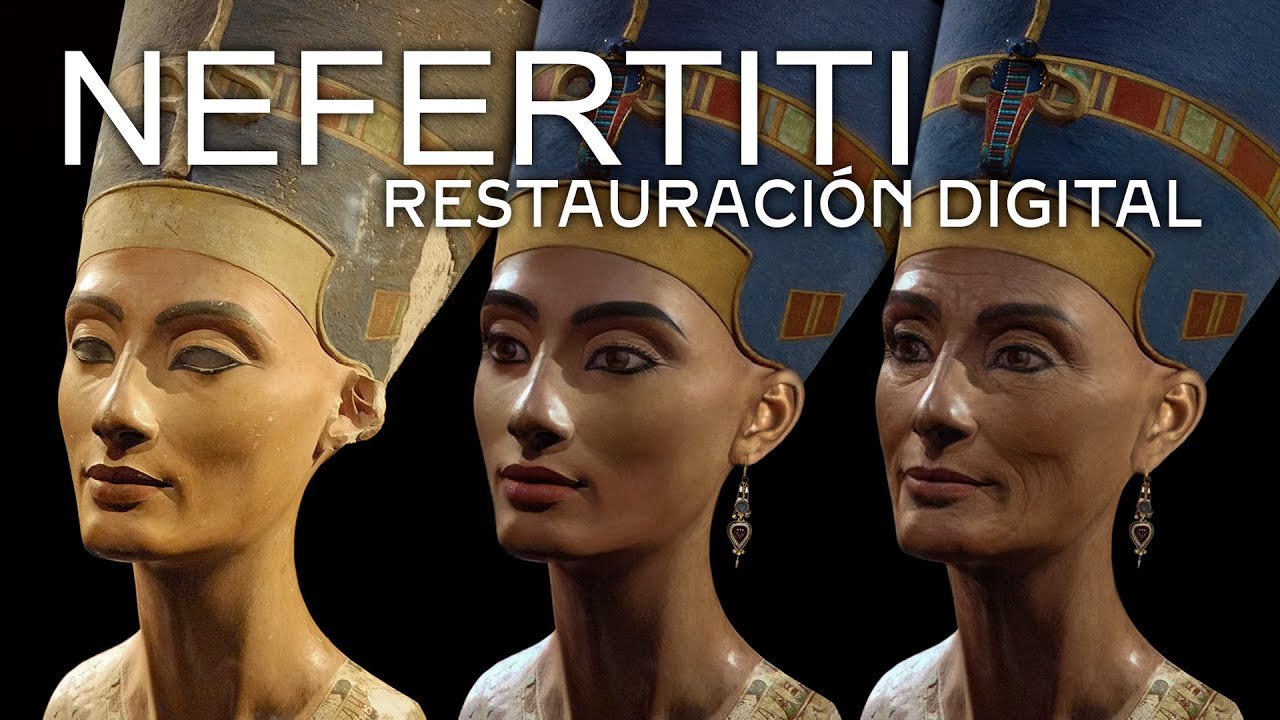Egyptian queen even more beautiful than Cleopatra: Who is Nefertiti?
About 1300 years before the birth of Cleopatra, ancient Egypt lived the powerful queen Nefertiti, who was associated with beauty and nobility. Unlike Cleopatra, although Nefertiti lived in the heyday of Ancient Egypt, her life is still a mystery.

This degree of inconsistency is likely due to the deliberate destruction of Nefertiti's family legacy (by successor Pharaohs) because of her controversial associations with a cult that sought to dissolve and erase the ancient Egyptian pantheon. Fortunately, despite this situation, some depictions of Nefertiti have survived, the most famous of which is the bust made by Thutmose around 1345 BC.
The Mysterious Origin of Nefertiti
Like many well-known people, Nefertiti's life is based on enigma and uncertainty rather than hard facts. This uncertainty begins with Nefertiti's lineage. Most sources date her year of birth to 1370 BC and say she is the daughter of Ay, while in the inscriptions, Ay's wife, Tiye, is referred to as Nefertiti's foster mother. This complicates the reality of who their parents are. Moreover, there are also assumptions associating Nefertiti with Tadukhepa, Princess of Mitanni, and these assumptions point to an Indo-Iranian origin. But while sources indicate that there is no clear evidence of Nefertiti's supposed 'foreign' origins, Tadukhepa is already married to Akhenaten's father. In short, although the origin of the Egyptian queen is disputed, it may be an exaggeration to imply that she was not a native of Ancient Egypt.
Royal family
When Nefertiti was 15 (ca. 1355 BC), she married the 18th dynasty pharaoh Akhenaten, probably as a result of diplomatic relations between her father Ay and Amenhotep III. From this union, six daughters were born, who later became Tutankhamun's wives. In other words, Nefertiti may not be Tutankhamun's mother, as DNA analysis did not reveal such information.
Nefertiti as an Unspeakable Pharaoh
Towards the end of the Amarna period, and possibly after the death of Pharaoh Akhenaton (Nefertiti's husband), the Egyptian throne passed to Smenkhare, whose identity and even gender are unknown to Egyptologists. Although it is said that this ruler is the second person of Nefertiti, it is wrong in the chronological sense.
Uncertain Last Years
It is said by academic circles that Nefertiti fell out of favor in the royal palace because she could not give birth to a son during Akhenaten's reign. These assumptions stem from the sudden disappearance of Nefertiti in the sources in the 12th year of Akhenaten's reign.
However, there was already a male heir (Tutankhamun) from Akhenaten's other wife. Moreover, in 2012, archaeologists found that a recording from the 16th year of Akhenaten's reign mentions the existence of the 'Great Royal Lady, Lady of the Two Lands Neferneferuaten Nefertiti'.
Nefertiti (c. 1370 – c. 1330 BC) was a queen of the 18th Dynasty of Ancient Egypt, the great royal wife of Pharaoh Akhenaten. Nefertiti and her husband were known for their radical overhaul of state religious policy, in which they promoted the earliest known form of monotheism, Atenism, centered on the sun disc and its direct connection to the royal household. With her husband, she reigned at what was arguably the wealthiest period of ancient Egyptian history. Some scholars believe that Nefertiti ruled briefly as Neferneferuaten after her husband's death and before the ascension of Tutankhamun, although this identification is a matter of ongoing debate. If Nefertiti did rule as Pharaoh, her reign was marked by the fall of Amarna and relocation of the capital back to the traditional city of Thebes.
Either way, Nefertiti lived for years after her husband's death and probably ruled as a female pharaoh before Tutankhamun's accession to the throne. However, despite Nefertiti's reputation and achievements, there are many assumptions about her death, from plague to natural diseases, but her death still remains a mystery. The year of her death is said to be around 1330 BC, which corresponds to her late 40s. Unfortunately, archaeologists haven't been able to pinpoint her tomb or mummy yet.
What we know of Nefertiti in terms of her appearance comes from her royal depiction of the numerous walls and temples built during the reign of Akhenaten. In fact, as previously mentioned, depictions of Nefertiti were portrayed in an almost unprecedented manner until then, and the queen was often represented in a position of power and authority. These representations ranged from portraying her as one of the main figures worshiping the Aten, as well as someone riding a chariot and fighting enemies.
